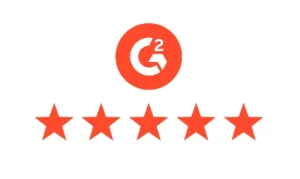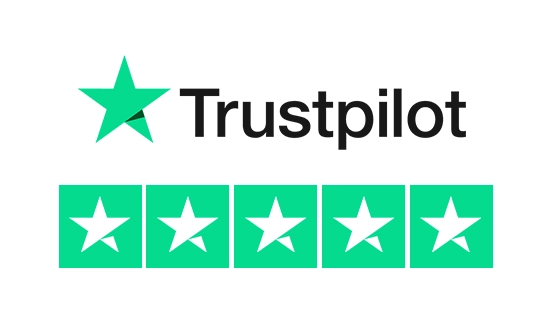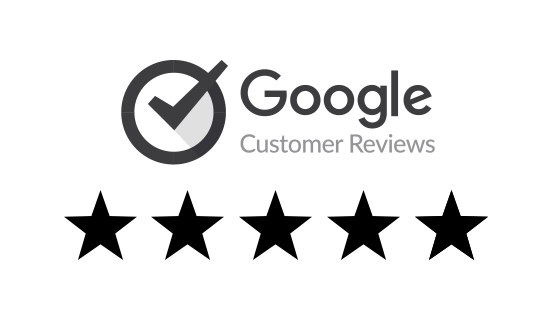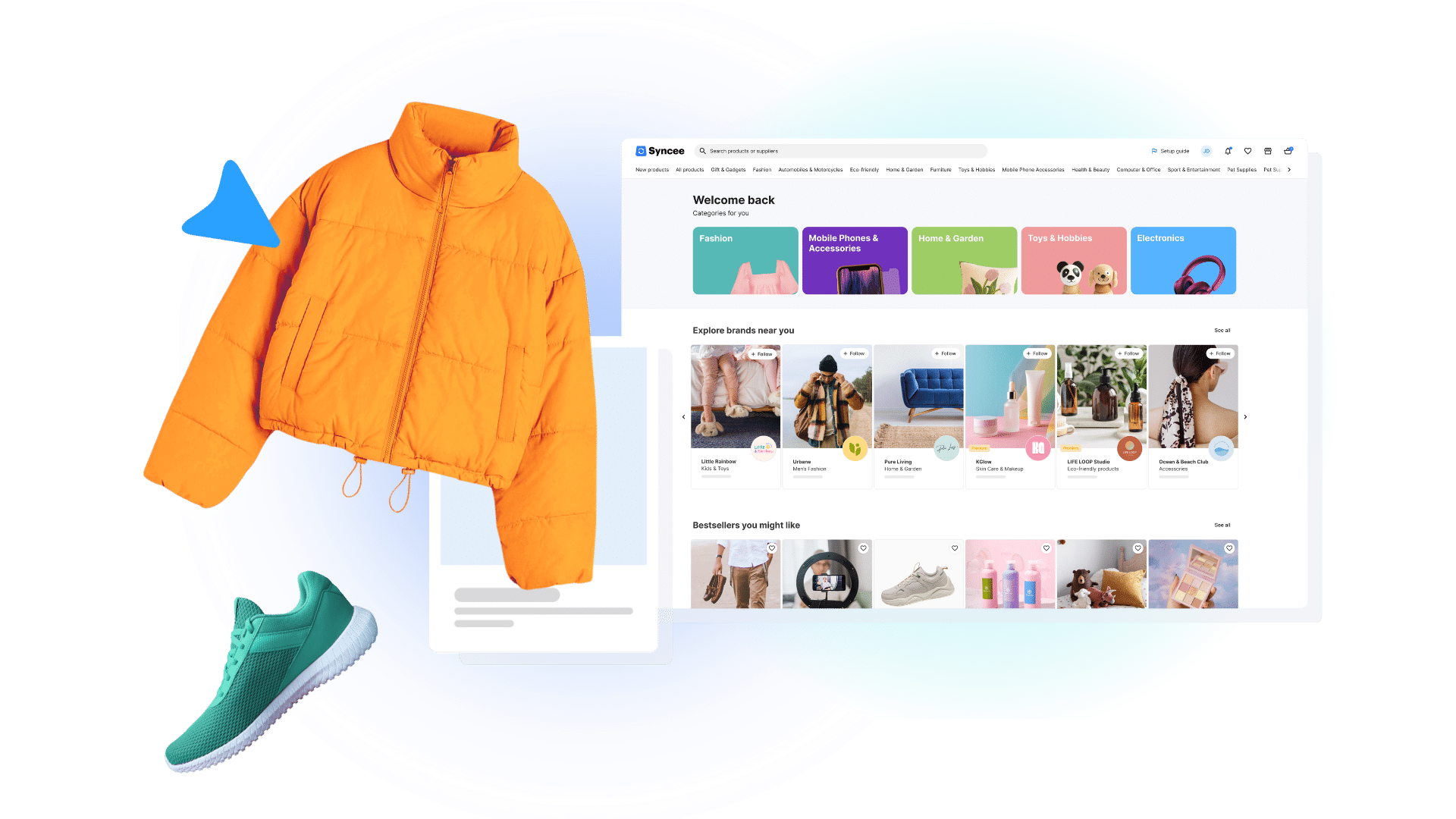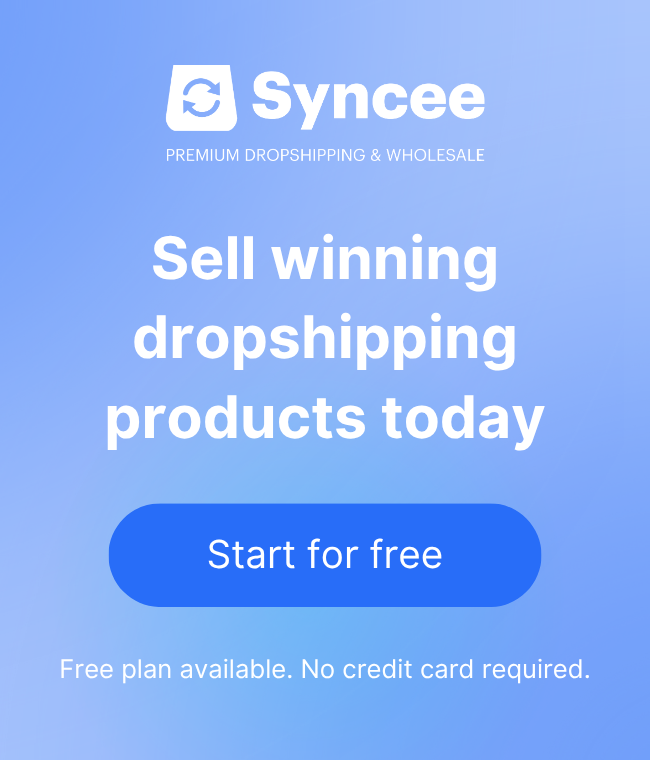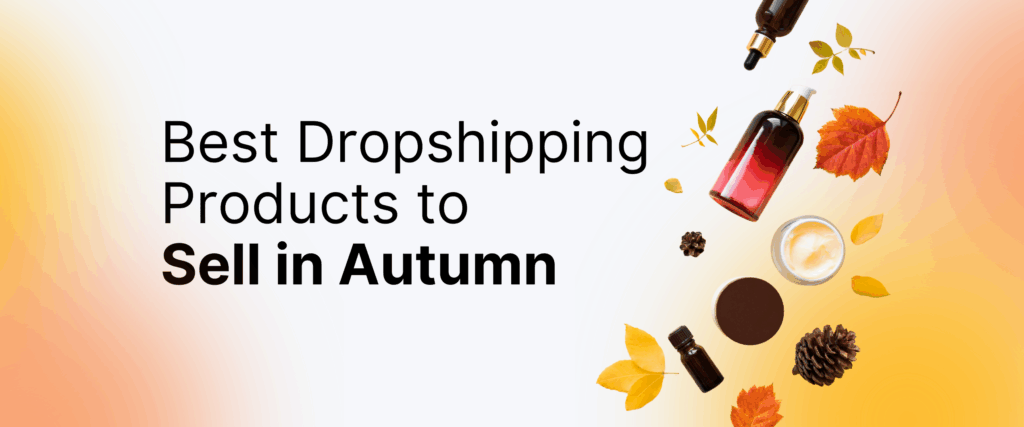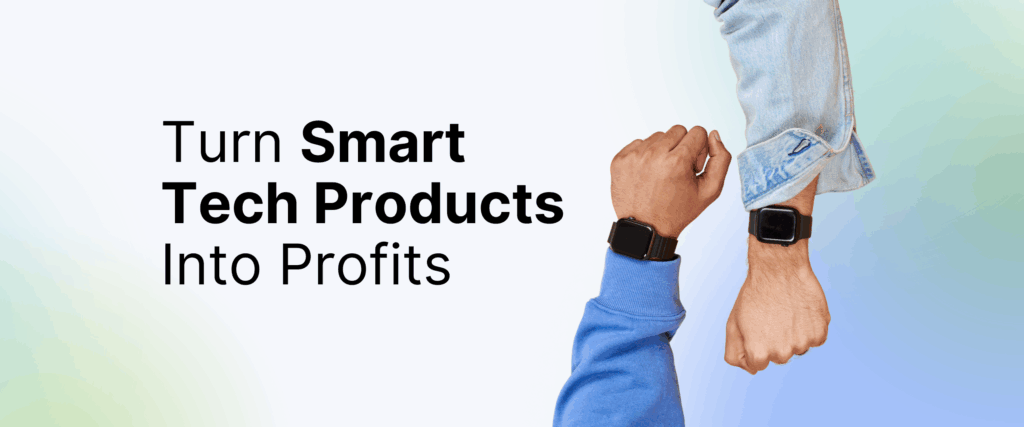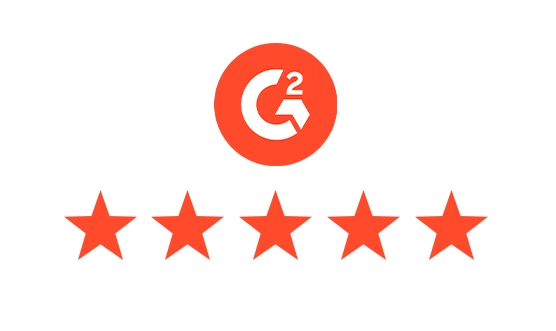In today’s fast-paced ecommerce landscape, finding the best dropshipping products can be the difference between a thriving business and one that never takes off. As competition intensifies and customer expectations evolve, dropshippers need to be more strategic than ever. Success in 2025 isn’t just about having a Shopify store — it’s about knowing exactly what to sell and where to find it. This guide is here to help you with both.
We’ll walk you through how to spot winning product trends, explore what makes a product ideal for dropshipping, and share real-world tips on how and where to source them. With this knowledge, you’ll be ready to build a catalog that not only stands out but also converts — all without the hassle of managing inventory yourself.
What Makes a Product Ideal for Dropshipping?
Before diving into sourcing platforms and tools, it’s important to get clear on what characteristics define a strong dropshipping product. Not every product is suited for this model. The best dropshipping products are typically lightweight, which helps reduce shipping costs, and compact enough to avoid high fulfillment fees or damaged deliveries. They should also have healthy profit margins, allowing you to price competitively while still earning a sustainable return.
More than that, great dropshipping products usually solve a real problem or offer convenience, joy, or a sense of status. Whether it’s a posture corrector for office workers or a portable blender for fitness fans, emotional triggers and real-life utility are powerful selling points. You’ll also want to choose products that are either trending or evergreen—so they either capture attention right now or sell consistently over time.

Avoid fragile items, overly saturated products for dropshipping (unless you have a unique marketing angle), and anything that’s heavily regulated like electronics or cosmetics with specific compliance requirements. Stick to categories where you can scale without legal or logistical headaches, and always test before you scale.
Top Trending Niches for 2025
The ecommerce world never sits still—and 2025 is no exception. Several niche categories are proving especially important for dropshippers this year. One of the biggest movers is the eco-conscious product space. Consumers are increasingly looking for sustainable alternatives to everyday items: from bamboo toothbrushes and beeswax wraps to zero-waste grooming kits. These appeal not just because they’re functional, but because they support a growing values-based lifestyle.

Another hot sector is the wellness and personal care market. Think posture correctors, deep tissue massage tools, blue-light glasses, or sleep enhancement products. These solve real problems for a digitally overworked population and tend to go viral when positioned as must-haves for healthier living.
Then there’s smart lifestyle tech: gadgets like portable humidifiers, wireless chargers, and desk organizers that improve remote working life. Not only are these Instagram- and TikTok-friendly, but they often inspire impulse purchases.
For long-term consistency, you can also lean into hobby products. DIY kits, pet accessories, fitness gear, or art supplies tap into people’s passions, which makes them more emotionally invested—and less price-sensitive.
To spot what’s gaining traction early, monitor Google Trends, TikTok hashtags, Reddit threads, and platforms like Pinterest. Many viral products are discovered in these corners of the internet first, before ever reaching mainstream popularity.
Where to Find the Best Dropshipping Products
Knowing what to sell is only half the battle. The other half? Knowing exactly where to find the best dropshipping products. In 2025, there’s no shortage of platforms claiming to offer high-potential inventory. But not all sources are created equal. Your goal should be to use reliable platforms that offer ease of integration, trustworthy suppliers, and automation features that save you time.
With Syncee—a robust B2B dropshipping platform built specifically for Shopify, WooCommerce, Wix, Squarespace, and other ecommerce tools. Syncee connects you with thousands of pre-vetted suppliers from around the world. What makes it stand out is its built-in filters: you can search by shipping location, product category, delivery time, and even pricing rules. With one-click product import, automated inventory sync, and order sync, Syncee is a powerhouse for creating a seamless dropshipping workflow.
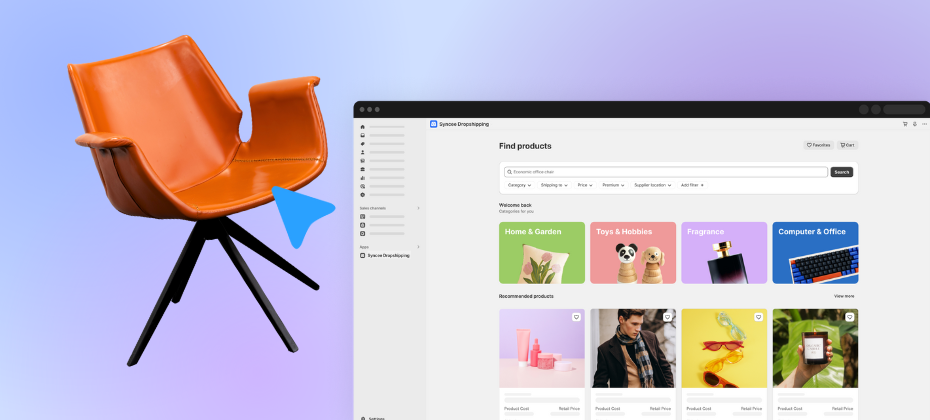
How to Validate Products Before Launching
Finding what looks like one of the best dropshipping products isn’t enough—you need to validate its potential before launching it in your store. This step is critical to avoid wasting ad spend or filling your catalog with items that simply won’t convert.
Start by asking:
- Is there long-term demand? Use tools like Google Trends to check if search volume is steady, rising, or declining. Seasonal spikes can be okay if planned for, but aim for trending dropshipping products that offer consistent year-round potential.
- How competitive is the niche? Search your potential product on Amazon or existing Shopify stores. If the product is oversaturated and dominated by well-known brands or major influencers, you may face uphill battles in both pricing and visibility.
- Can you offer a better angle? If the product is trending, consider how you can differentiate it with unique branding, packaging, bundles, or targeting.
- What’s the supplier’s reliability like? Use Syncee’s ratings and reviews to determine if your supplier consistently delivers high-quality goods, accurate inventory, and reliable shipping.
Real-World Example:
Let’s say you’re considering selling collapsible water bottles. While trendy on TikTok, many of these are imported with long shipping times. Using Syncee, you could find local or regional suppliers with similar items, allowing you to capitalize on the trend while offering a better customer experience—a win-win.
Tips for Using Product Discovery Tools
A smart merchant knows that success doesn’t come from guessing—it comes from research. Today, there are dozens of digital tools that can help you discover the best items to dropship before they blow up. Here’s how to use some of the most effective ones:
1. TikTok Creative Center
TikTok isn’t just for entertainment—it’s become a live market research hub. Use TikTok’s Creative Center to explore which products are generating buzz in your niche. Look for videos with high engagement and check if the creators are showcasing a product in a practical or viral way.
- Search by keywords or hashtags like “#TikTokMadeMeBuyIt”
- Sort by engagement rate to see what resonates with users
- Take notes on how the product is presented (unboxings, demos, before-and-after, etc.)

2. Pinterest Trends
Pinterest is particularly strong for spotting visual trends early, especially in fashion, home decor, lifestyle, and beauty niches.
- Track what types of images are gaining saves and repins
- Explore seasonal boards to plan ahead for Q4 and Q1
- Use the Pinterest Trends tool to compare keyword search interest over time
3. Syncee Marketplace Search & Filters
Syncee simplifies the discovery process by giving you direct access to verified suppliers. Unlike TikTok or Pinterest, you can go from product discovery to importing listings in just a few clicks.
- Filter by location to reduce shipping time
- Browse by category to explore verticals like pet accessories, tech gadgets, or eco-friendly products
- Use pricing and stock filters to ensure scalability
By combining these platforms, you can spot a product trend, validate demand, find a reliable supplier, and import it—all without leaving your workflow.
Red Flags When Sourcing Products
Not all that glitters is gold. As you search for the best dropshipping products, it’s essential to stay alert to red flags that could hurt your business in the long run.
Warning Signs to Watch For:
- No supplier reviews or transparency: A lack of supplier information, such as missing shipping policies, vague descriptions, or no product imagery, should raise concerns. Syncee vets its suppliers, but you should still do due diligence.
- Inconsistent stock levels: If the supplier frequently goes out of stock or changes availability, your listings can become liabilities. Customers hate ordering items that aren’t available.
- Unrealistically low pricing: Super cheap products often result in poor quality. Always consider the customer experience—returns and complaints can cost more than a few saved dollars.
- Poor or misleading imagery: Your product images should match the real item. If supplier photos are blurry or unprofessional, invest in new visuals before promoting.
Identifying these risks early ensures that your store maintains a good reputation while avoiding unnecessary friction with customers.

How to Manage Product Listings & Inventory Updates
Once you’ve found the best dropshipping products for your niche, your work isn’t done. To run a sustainable store, you must stay on top of product data, pricing changes, and stock levels. Manual management can easily become overwhelming, which is why automation is your ally.
Syncee Makes Product Management Easy:
- Automated inventory sync: Syncee regularly updates your product catalog with your supplier’s latest stock, so you avoid overselling.
- Custom pricing rules: Apply global markup settings or fine-tune by product. You can automatically adjust prices based on supplier cost, shipping fees, or desired margins.
- Branded invoicing: Syncee enables you to send branded order invoices—important for DTC dropshipping stores that want to look professional.
- Bulk editing and filters: Easily update tags, titles, descriptions, or prices across hundreds of products in one dashboard.
This means fewer manual errors, more time for marketing, and peace of mind as you scale.
How to Test Products Without Risk
Even the best dropshipping products won’t guarantee sales unless you test them properly. Smart testing reduces risk, saves money, and gives you the confidence to scale with real data.
Start small by choosing 10–15 products from different niches. Create dedicated landing pages for each—complete with compelling visuals, benefit-driven copy, and trust signals. Don’t just list products; sell them with stories.
Then, run low-budget ad tests using Facebook, TikTok, or Google Ads. You’re not aiming for profits yet—your goal is to gather insights. Watch for key metrics like:
- Click-through rates (CTR) – Do people care about your offer?
- Conversion rates – Are visitors turning into customers?
- Cost-per-click (CPC) and Cost-per-acquisition (CPA) – Are your margins sustainable?
- Profit per order – Is there enough room after expenses?

Kill products that underperform after $20–$50 in spend. Scale those that show traction with more creative angles and higher budgets.
Tools like Syncee streamline this process by allowing you to swap in new products without altering your core store infrastructure. That means more flexibility—and less risk.
Testing isn’t just about ads, either. Use customer feedback, abandoned cart data, and heatmaps (like Hotjar or Clarity) to identify where interest drops off. This qualitative feedback is just as valuable as raw metrics.
Building a Catalog That Sells
The best dropshipping products aren’t just popular—they fit within a larger brand narrative. Whether you’re selling eco-friendly home goods or high-tech pet accessories, your product selection should feel intentional and aligned with your customer’s lifestyle.
Start by defining your niche clearly. General stores can work, but niche stores build stronger trust and higher conversion rates. Think beyond demographics—focus on psychographics: What does your audience value? What problems are you solving?
Once you’ve set your niche, start curating:
- Use Syncee to browse verified suppliers that specialize in your category.
- Create product bundles that encourage upsells or higher cart values (e.g., “Starter Pack” or “Complete Kit”).
- Prioritize visuals—products with lifestyle images and video outperform generic stock photos.
- Leverage user-generated content from supplier reviews or influencer partnerships to build social proof.
A strong catalog also means balancing hero products with support items. If you’re selling a high-ticket product, include lower-priced accessories or add-ons. This increases average order value and broadens your appeal.
Over time, keep refining. Use Syncee’s real-time inventory sync and analytics to track what’s moving—and what’s just taking up space. The best dropshipping products are always dynamic, based on current data and customer needs.
Think Global, Ship Local
One of the biggest friction points in dropshipping is shipping time. Customers expect Amazon-level delivery—especially in competitive niches. If your products take three weeks to arrive, you’ll lose sales, regardless of quality.

That’s why one of the smartest moves is to think globally while sourcing locally. The best dropshipping products are often the ones you can deliver fast. With Syncee and similar apps, you can filter suppliers by region, enabling:
- Faster shipping times (2–5 days vs. 15–30)
- Lower return rates due to better packaging and handling
- Greater customer satisfaction and retention
For example, if you’re targeting customers in the U.S., select U.S.-based suppliers. The same applies to Canada, the EU, or Australia. Not only does this enhance delivery speed—it helps with taxes, returns, and compliance too.

Local sourcing also opens the door to value-adds like branded packaging, custom inserts, or regional support. These small touches can elevate your customer experience and make you stand out in saturated markets.
In short, thinking local isn’t just about logistics—it’s a strategic move to position your store as reliable, customer-focused, and future-ready.
Make this Year of Smarter Dropshipping
Choosing the best dropshipping products to sell is just one piece of the puzzle. To succeed in 2025, you’ll need a strategy that blends insight, testing, brand alignment, and smart fulfillment. Luckily, tools like Syncee make this process not just possible—but simple.
Product discovery shouldn’t feel overwhelming. By combining trend research, data validation, and intuitive platforms, you’ll spend less time guessing and more time scaling. Stay niche-focused, test with intention, and always aim to offer real value.
As the ecommerce landscape becomes more competitive, it’s the stores with the most thoughtful product strategies that will stand out. Whether you’re just starting or planning your next catalog update, make this the year you source smarter, sell faster, and build something that lasts.
And remember—success in dropshipping isn’t about finding one “winning” product. It’s about building a system that discovers, evaluates, and delivers the best dropshipping products consistently and sustainably.
Frequently Asked Questions
What is the most profitable product to dropship?
Products with high demand, low competition, and strong branding potential—like smart gadgets or niche fitness gear—tend to be the most profitable. The best dropshipping products offer high margins and solve real problems.
Which product is most sold in dropshipping?
Trending items like LED lights, phone accessories, and portable blenders often top sales. The best dropshipping products are lightweight, useful, and easy to market.
Can I make $10,000 per month dropshipping?
Yes, it’s possible with the right products, marketing, and store setup. Finding the best dropshipping products and using tools like Syncee can help you scale faster.



